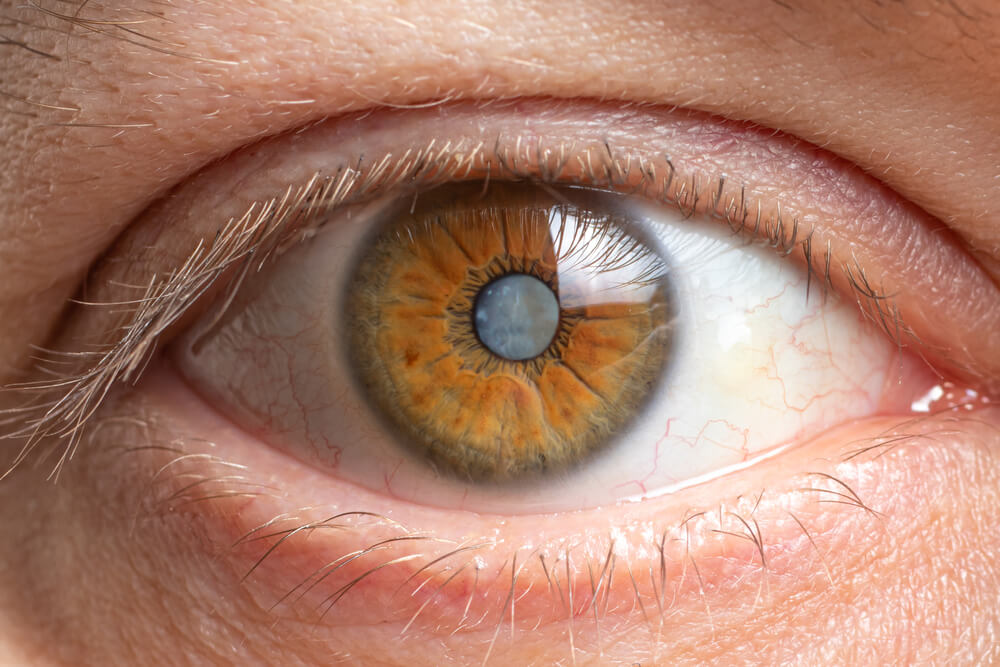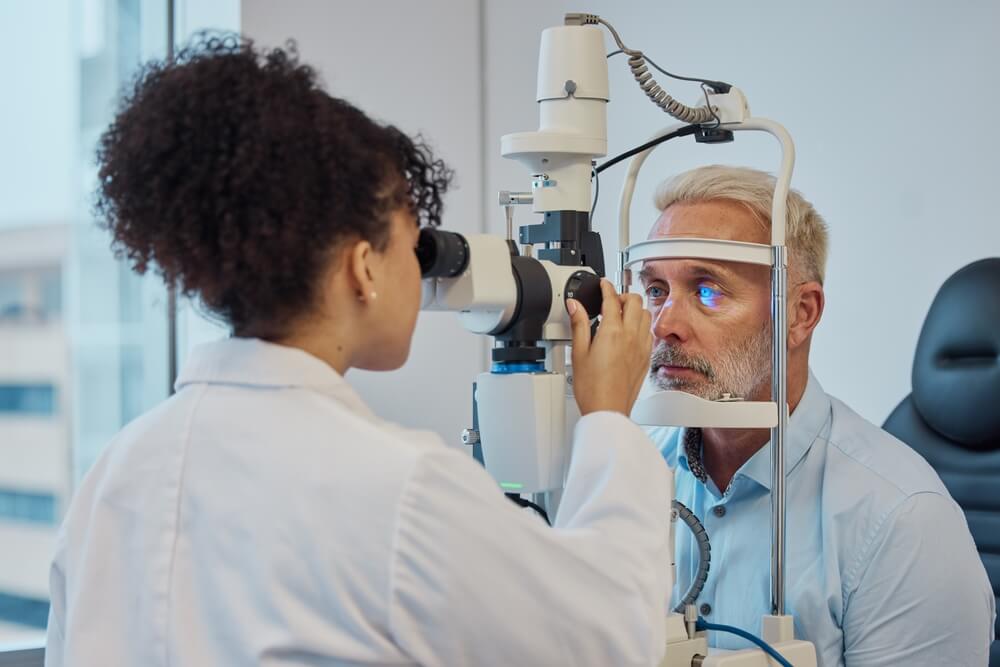How Do I Know if I Have Cataracts?
October 2, 2023
As you age, changes in your vision are expected, with cataracts being one of the most prevalent causes. Cataracts form naturally as part of the aging process, causing the lens of the eye to become more and more cloudy.
This cloudiness leads to worsening vision over time. When you first notice changes in your vision, it is important to determine whether cataracts are the cause.
An eye exam can identify cataracts and help create a treatment plan. The key is not to assume that vision changes are just a normal part of aging.
Instead, see an eye doctor to pinpoint the cause. With the right diagnosis, steps can be taken to address cataracts specifically and improve your eyesight.
Keep reading to learn more about cataracts, including how you can tell if you may have them!
What Are Cataracts?

A cataract is a clouding of the natural lens inside your eyes. The lens is an important part of the eye that helps focus your vision.
The lens changes shape to adjust the light that enters your eye so it is able to land on the retina, which is a thin sheet of light-sensitive tissue at the back of the eye. This is an important process in order for you to have a clear vision.
When the lens is clear, the light is able to pass through easily. Cataracts, however, create a barrier between light and your retina.
How Do Cataracts Develop?
Over time, the proteins inside of the lens begin to break down. Instead of being carefully arranged to let light inside the eye, the proteins clump together.
This blocks and distorts the light. In many cases, people do not notice any changes in their vision in the beginning stages of cataracts.
Cataracts typically develop gradually. As the cataract matures, it will grow in size and be in to darken.
This will cause your vision to worsen.
What Are the Symptoms of Cataracts?
Cataracts do not stop growing. Even though most cataracts develop slowly, you will inevitably experience symptoms.
These may include:

Blurry Vision
As cataracts worsen, objects may begin to appear blurry, hazy, or fuzzy. Vision may fluctuate between clear and blurry.
Light Sensitivity
Bright lights, sunlight, or headlights can cause discomfort or seem overly bright. There may be increased glare or halos around lights.
Diminished Night
Vision Vision at night or in low light worsens, and it becomes more difficult to drive or do other activities in the dark.
Faded Colors
Colors may start to look faded or yellowed. Blues and purples can appear more muted.
Frequent Prescription Changes
Needing new glasses or contacts more often as vision with existing lenses worsens.
Trouble Distinguishing Details
Having difficulty seeing small print, recognizing faces, or doing detailed work.
Double Vision
Seeing double images or overlapping images in one eye.
Do you think you may be experiencing symptoms of cataracts?
Take the free cataract self-test to find out!
How Do Eye Doctors Diagnose Cataracts?
You should always visit your eye doctor if you are experiencing changes in your vision. Your ophthalmologist can see if cataracts are to blame or if it is something else during a cataract screening.
Once the cause of your blurry vision or other symptoms are determined, you and your eye doctor can take the next steps in clearing your vision. During your cataract screening, your eye doctor will perform many tests and examine your eyes closely.

During this screening, your eye doctor will dilate your pupils and thoroughly inspect all structures inside the eye. With dilation, your eye doctor can clearly see the lens and observe any cloudiness, discoloration, or opacities that have developed, which are signs of a cataract.
Visual acuity tests are also telling. If vision is worsening or eyeglass prescriptions need frequent updating, it often indicates cataracts are forming.
A slit-lamp exam provides a magnified view. Your eye doctor uses a specialized microscope to closely examine the lens and other areas at the front of the eye.
Any cataract clouding in the lens will be clearly visible. The retinal exam is another important diagnostic, where drops dilate the pupils so the retina and vitreous can be closely checked for indirect signs of cataract development.
With this array of vision tests and advanced eye imaging, eye doctors can definitively diagnose cataracts in the earliest stages. This allows for better monitoring and targeting of treatments when the time is right.
Are you experiencing signs of cataracts?
Schedule a cataract evaluation today!
Can You Prevent Cataracts?
While cataracts cannot ultimately be prevented, given they are part of the natural aging process, there are steps one can take to potentially delay their progression. Living an overall healthy lifestyle is key.
Smoking, heavy alcohol consumption, obesity, and uncontrolled diabetes are all risk factors associated with developing cataracts earlier in life. Protecting your eyes from UV exposure through wearing sunglasses outdoors can also help slow cataract development.
However, despite best efforts at prevention, most people around age sixty will start to experience at least some vision changes from age-related cataracts. As cataracts continue to advance, vision will become impacted to the point that daily activities are affected.
At that stage, cataract surgery is the only definitive treatment to remove the clouded lens and restore clear sight. Though cataracts cannot be avoided forever, keeping up with regular eye exams can help you maintain clear vision.
Are you interested in learning if the symptoms you are experiencing are due to cataracts? Schedule an appointment at Center for Total Eye Care in Westminster or Eldersburg, MD, today!



